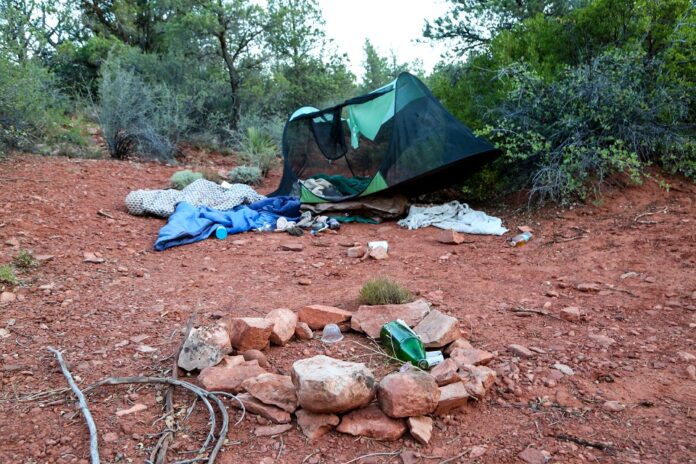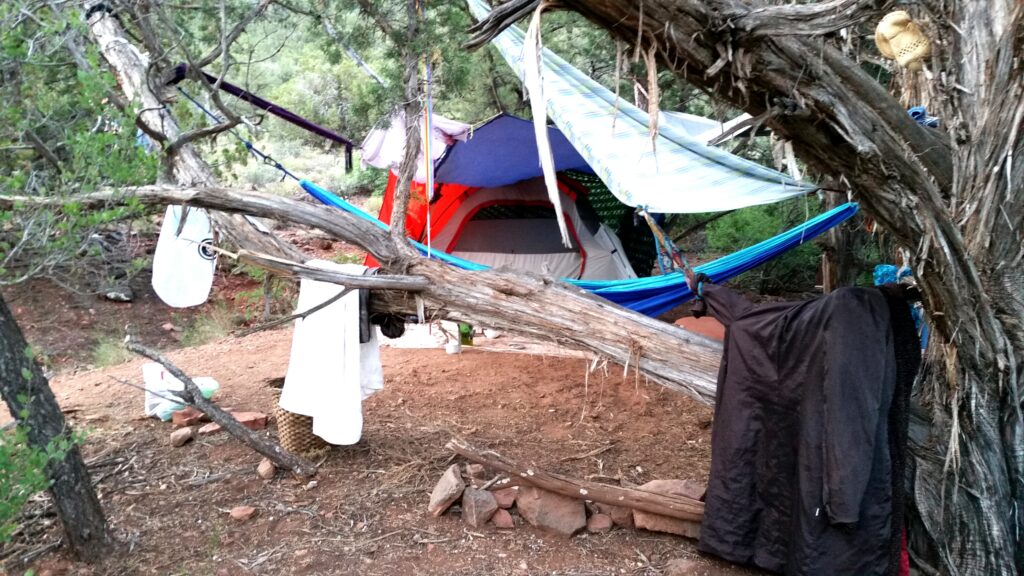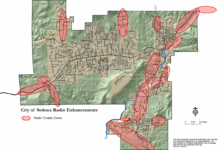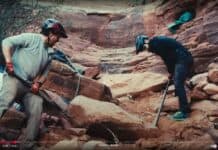
Sedona has been hit by a spate of snowstorms during both January and February, which have dumped several inches of moisture on our red rocks and more above the Mogollon Rim. The Sedona area has received between 5 and 6.8 inches of moisture in the last nine weeks — our yearly average on Feb. 24 is 2.76 to 3.28 inches.
A number of northern Arizona highways and roads were closed over the last two days due to snow, winter storm conditions and high winds. The blizzard-like conditions that prevailed earlier this week gave us below-freezing temperatures for most of Wednesday, Feb. 22, and even colder temperatures overnight.
While most of us could snuggle up under blankets at night, or turn up the electric or gas heater or break out the portable space heaters to put in our colder rooms, Sedona has a significant number of unhoused workers and homeless transients now camping in vehicles or making their way on foot who must find ways to survive these nights.
While those with cars can escape to places further south — like Phoenix, which will be in the 60s this week — others who lack that mobility, especially those who suffer from mental health conditions and don’t have the luxury of free movement, must make do with what nonprofits, residents and local governments can offer them.
Campers, including both transients and workers who can’t afford to rent or choose not to, have long been part of Sedona’s culture. As the city is completely surrounded by U.S. Forest Service land, including public lands inside city limits, workers and transients who camp can find pockets hidden by brush, hillsides, buildings or structures to pitch tents and stay relatively hidden from the public at large, sometimes for months. Generally speaking, as long as the transient camper didn’t cause a disturbance, they could stay hidden or at least unbothered by law enforcement and government officials.

File photo/Larson Newspapers
In 1998, the city passed an anti-camping ordinance and police enforced it until very recently, when six transients in Boise, Idaho, sued their city, alleging that its anti-camping ordinance was unconstitutional.
Judges for the Ninth Circuit Court of Appeals ruled in Martin v. Boise that certain inherent human activities — standing, sitting, sleeping and eating — cannot be criminalized. Someone who gets tired and curls up on a park bench cannot be breaking the law.
In its ruling, the court argued that law enforcement have no more right to tell a homeless person to move from a park bench than they do to give the same order to a toddler who takes a nap on a city park bleacher during a sibling’s soccer game or a young couple who stretch out for a nap in the grass on a summer day.
The judges ruled that bringing along blankets or personal items was also not illegal — residents bring all sorts of gear to public parks — but that pitching a tent, storing personal items in a public space, building a campfire or cooking food could be construed as camping and could still be illegal.
The Boise ruling took into account that the city had homeless shelters, but when its shelters were full or unable to take in a person due to no fault of the transients — many shelters have rules about how many consecutive nights a person may stay — or because a person refuses to participate in a church-run shelter’s religious activities, a transient could not be legally penalized for any of the aforementioned inherent human activities.
Sedona’s camping ban remains on the books, although it’s both unconstitutional and unenforceable, so council is considering changes to its ordinance.
Merely changing the law doesn’t change the issue that Sedona has no shelter. The Sedona Area Homeless Alliance collects funds to put homeless individuals up in hotels on the coldest nights, but keeping the homeless from freezing to death for a handful of days is a far cry from a shelter.
Local leaders say they are reluctant to build a shelter lest more homeless seek out Sedona in droves if they know they can find shelter there — which may be how 20-something trust fund bliss-tarians make their travel plans, but is not how real homeless folks think — but even so, penalizing 135 transients in Sedona to prevent another 20 from arriving for a free night in shelter is depressingly cynical.
Most homeless people don’t want to be homeless, but lack financial resources or have an untreated or undiagnosed mental health illness or both, so finding and maintaining a long-term rental or a full-time job is a struggle for them. A serious medical condition, a debilitating accident or a sudden massive financial loss could put any one of us in the position of being on the street. On cold nights like we’ve had recently, that could very well be a death sentence.
Sedona residents and our government have the wealth and resources needed to help these neighbors. So what should our community do? Email letters to editor@larsonnewspapers.com.


















